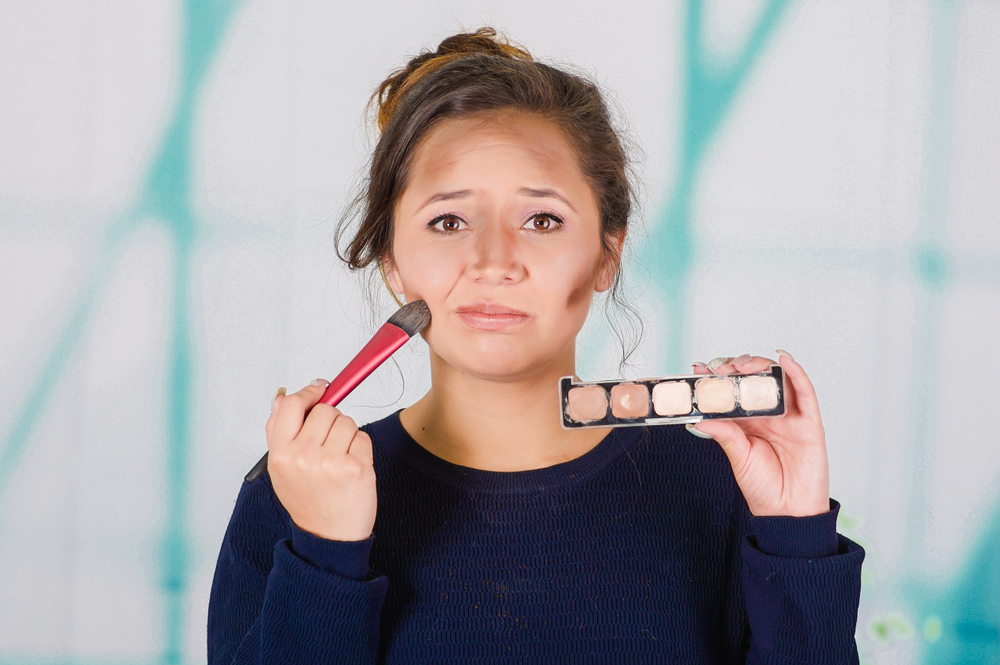Every week, the average person unknowingly consumes about a credit card’s worth of plastic, thanks to microplastics found in food, water, and everyday products. These tiny particles can disrupt hormones, affect digestion, and pose long-term health risks. While plastic is everywhere, small lifestyle changes can drastically reduce exposure. From switching to glass storage containers to choosing unpackaged produce, simple adjustments make a big difference. Beyond personal health, cutting down on plastic use also helps the environment by reducing pollution and waste. The good news is that solutions exist, and taking action now can protect both the body and the planet. Here are 15 effective ways to stop consuming microplastics and regain control over what you put into your body.
1. Stop Using Plastic Straws and Cutlery

Single-use plastic straws and cutlery are some of the biggest culprits in plastic pollution. They break down into tiny particles that eventually find their way into food and water supplies. Many people don’t realize that every sip taken through a plastic straw could add microplastics to their system. Over time, these particles accumulate in the body, contributing to long-term health issues. The same goes for plastic forks, knives, and spoons, which release tiny plastic fragments when scratched or bent.
According to the World Wildlife Fund, refusing single-use plastics like straws can help reduce ocean pollution and protect marine life. Switching to reusable alternatives like stainless steel, bamboo, or glass straws is a simple fix. Many restaurants now offer paper or compostable straws as an eco-friendly option. Carrying a personal set of reusable cutlery can significantly reduce plastic exposure. When ordering takeout, opting out of plastic utensils helps minimize waste.
2. Filter Your Drinking Water
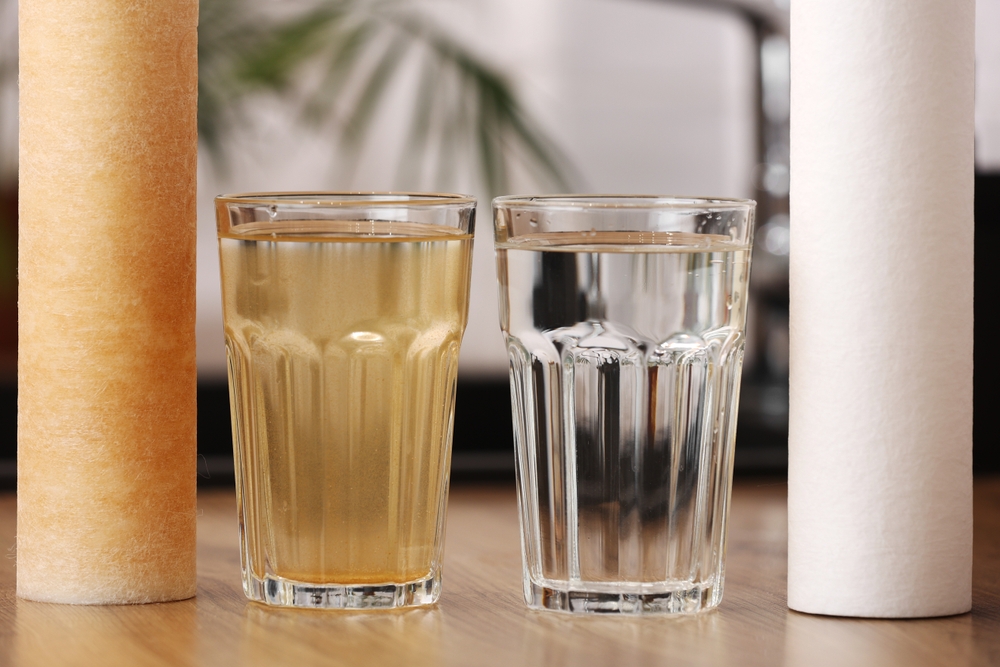
Tap water has been found to contain alarming levels of microplastics. Studies show that tiny plastic particles are present in both bottled and municipal water sources. This means that every glass of unfiltered water might contribute to plastic ingestion. Over time, these particles accumulate in the body, leading to potential health concerns. Since water is essential for life, reducing plastic contamination in drinking water should be a priority.
Investing in a high-quality water filter can help eliminate microplastics. Reverse osmosis and activated carbon filters are among the best options for removing plastic particles. Using a glass or stainless steel bottle instead of plastic ones further reduces exposure. Even when traveling, opting for filtered water over bottled options makes a big difference. According to PubMed, microplastics are prevalent in tap and bottled water, but filtration systems like reverse osmosis can significantly reduce contamination.
3. Cook More Meals at Home

Processed and packaged foods are often stored in plastic containers that release microplastics over time. Even foods labeled “organic” or “natural” can be contaminated if stored in plastic for long periods. Many takeout meals also come in plastic packaging, which transfers chemicals into food. Since heat speeds up plastic breakdown, microwaving food in plastic containers increases the risk of ingestion. According to PubMed, kitchen equipment and processes can contribute significantly to microplastic contamination, making thoughtful choices essential. The easiest way to avoid this is by cooking fresh meals at home.
Homemade meals allow for better control over food storage and preparation. Using glass, ceramic, or stainless steel containers instead of plastic minimizes exposure. Fresh ingredients, especially those bought in bulk or from local markets, reduce reliance on plastic packaging. Avoiding pre-cut and pre-packaged foods also helps cut down on microplastic intake.
4. Store Food in Glass or Stainless Steel Containers
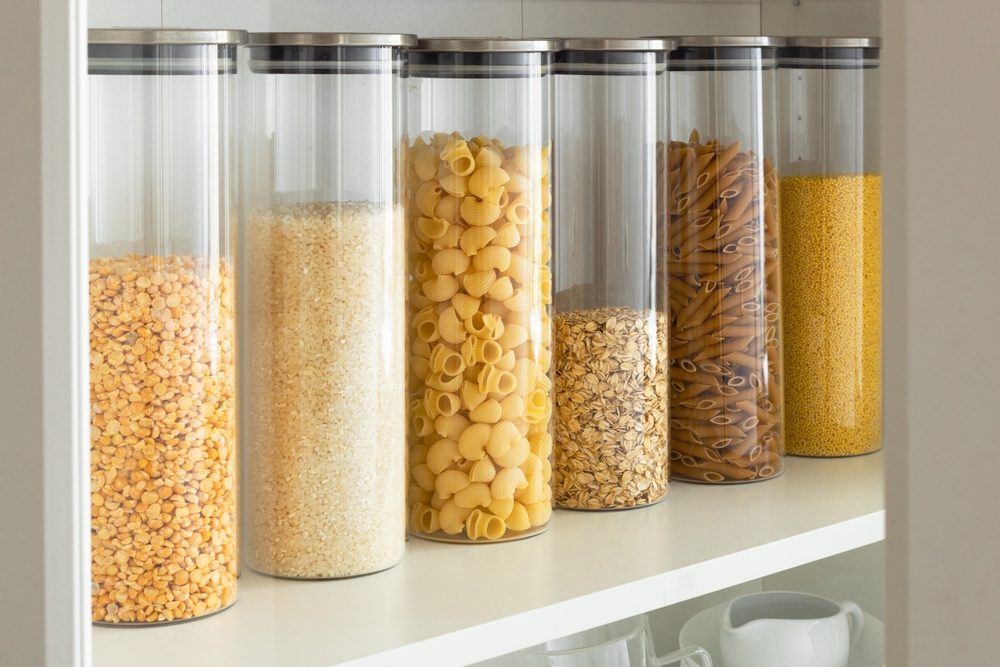
Plastic food containers may seem convenient, but they leach chemicals into food over time. Many plastics contain harmful compounds like BPA and phthalates, which interfere with hormone function. Even BPA-free plastics aren’t completely safe, as they may contain alternative chemicals that can be just as harmful. According to Popular Science, avoiding microwaving food in plastic and switching to glass or stainless steel containers can significantly reduce exposure to harmful chemicals and microplastics. Microwaving food in plastic accelerates this process, increasing the risk of microplastic ingestion. Since food storage is an everyday necessity, choosing safer alternatives is essential.
Glass and stainless steel containers are the best options for storing food. They don’t absorb odors or chemicals, keeping food fresh without contamination. Investing in high-quality reusable containers reduces the need for disposable plastic bags and wraps. Beeswax wraps are also a great alternative for covering leftovers.
5. Avoid Plastic-Packaged Beverages
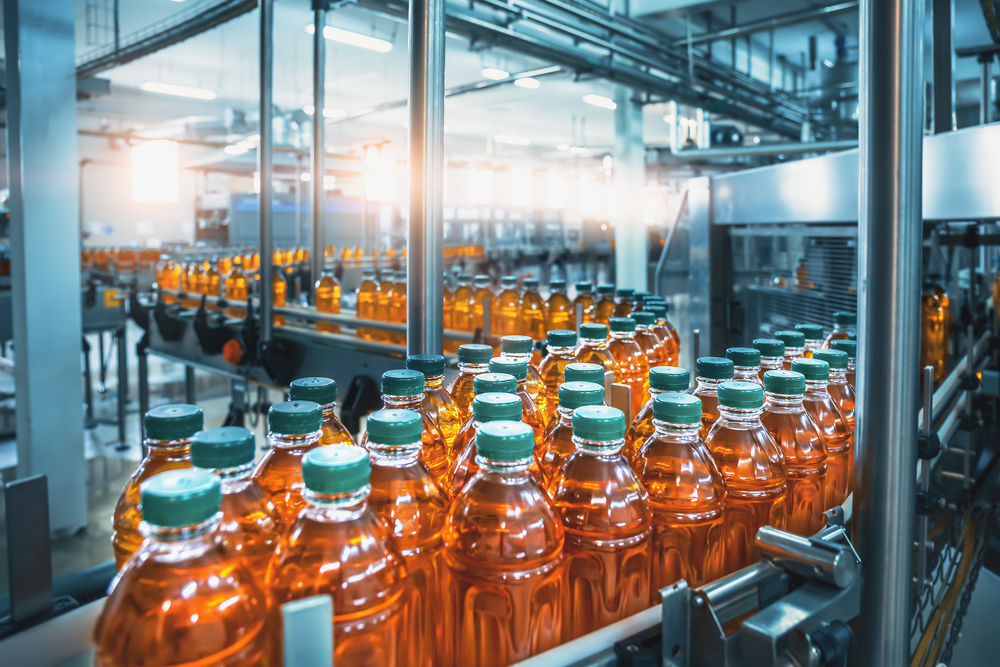
Bottled water, soda, and other drinks stored in plastic containers are a major source of microplastic exposure. Research has shown that bottled water contains nearly double the amount of microplastics found in tap water. Over time, the plastic bottles degrade, releasing tiny particles into the liquid inside. Even drinks that sit on store shelves for extended periods are prone to contamination. Unfortunately, many people assume bottled beverages are a cleaner alternative to tap water.
Choosing beverages in glass bottles or aluminum cans reduces plastic intake. Many companies now offer eco-friendly packaging options for water and other drinks. Installing a water filter at home eliminates the need for plastic water bottles. Bringing a reusable stainless steel or glass bottle on the go ensures safe hydration. Avoiding plastic-packaged drinks is one of the easiest ways to cut down on unnecessary plastic consumption.
6. Use Reusable Grocery Bags and Produce Bags

Plastic grocery bags break down into microplastics that contaminate food and the environment. Many people don’t realize that plastic bags can release particles onto produce during transport and storage. Even when disposed of properly, these bags often end up polluting water sources. Since they take hundreds of years to decompose, their long-term impact is devastating. Fortunately, replacing plastic bags with reusable alternatives is a simple solution.
Cloth or mesh produce bags help keep fruits and vegetables free from plastic contamination. Many supermarkets now offer paper or biodegradable bags as an alternative to plastic. Carrying reusable tote bags when shopping significantly reduces plastic waste. Some stores even provide incentives for customers who bring their bags. Making this small change not only helps the environment but also minimizes plastic exposure in everyday life.
7. Avoid Plastic-Wrapped Produce
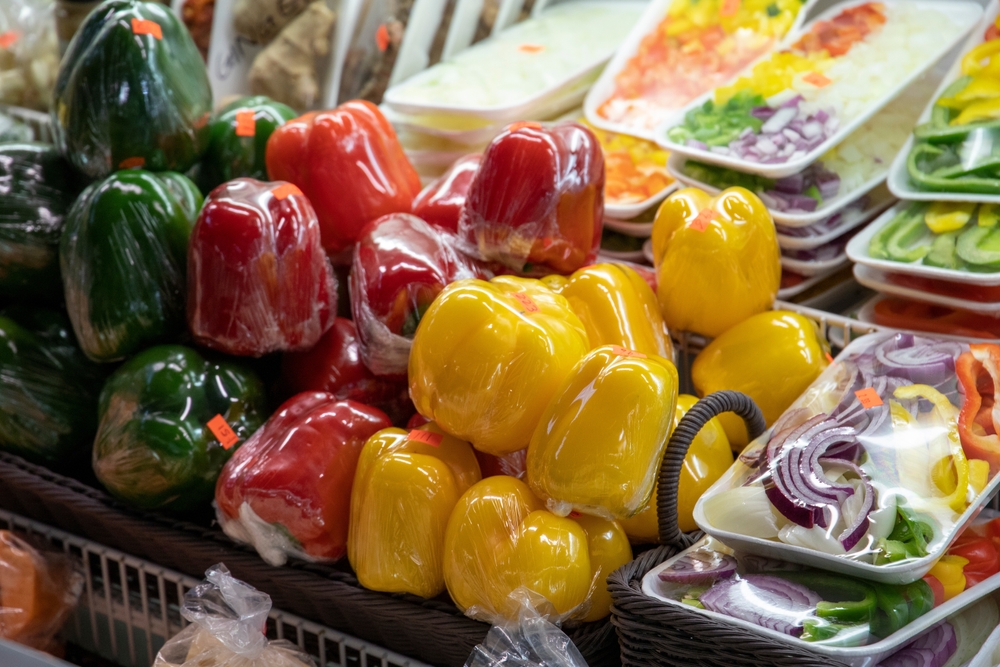
Many supermarkets wrap fruits and vegetables in unnecessary plastic packaging. While it may seem convenient, this plastic often contains harmful chemicals that can leach into food. Over time, microplastics from the packaging break down and contaminate what we eat. Studies have found that even organic produce wrapped in plastic can have traces of microplastics. Since fresh produce doesn’t need extra wrapping, choosing loose fruits and vegetables is a smarter option.
Bringing reusable produce bags to the grocery store can significantly cut down on plastic waste. Farmers’ markets and bulk food stores often provide better options with less packaging. Washing produce thoroughly can remove some surface plastic particles. However, avoiding packaged produce entirely is the best way to reduce exposure. The less plastic we bring into our homes, the less we unknowingly consume.
8. Say No to Plastic Chewing Gum
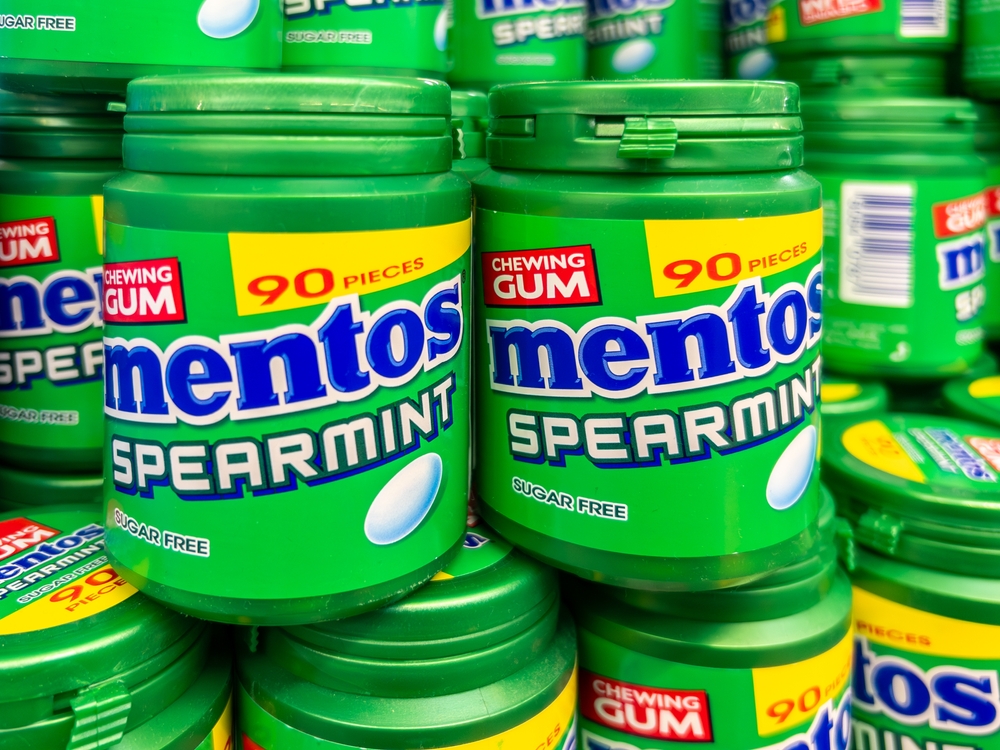
Most people don’t realize that chewing gum contains plastic. The base of many commercial gum brands includes synthetic polymers—the same materials used to make car tires and plastic bags. Every time you chew gum, you’re essentially chewing on plastic, which can introduce microplastics into your body. Over time, this exposure accumulates, contributing to the same health risks associated with other plastic ingestion sources. Choosing natural gum made from tree resin or other organic ingredients is a safer alternative.
Not only is chewing plastic harmful to your health, but discarded gum is also a major environmental pollutant. It doesn’t biodegrade, meaning gum waste lingers in streets and landfills for years. Brands offering biodegradable, plant-based gum are becoming more popular, giving consumers better options. Checking ingredient lists for synthetic additives can help you make an informed choice. Avoiding plastic-based gum is one of the simplest ways to cut down on unnecessary plastic consumption.
9. Be Wary of Plastic in Tea Bags

Many commercial tea bags are not just paper but contain plastic fibers. These plastic-sealed bags release thousands of microplastics into hot water with every steep. Studies have shown that a single tea bag can shed billions of microplastic particles into a cup of tea. This means that drinking tea from certain brands unknowingly increases plastic intake. Unfortunately, most tea drinkers are unaware of this hidden source of contamination.
Opting for loose-leaf tea with a metal or glass strainer is the best solution. Some brands also offer fully biodegradable tea bags made from plant-based materials. Checking labels for plastic-free alternatives can help make safer choices. Additionally, using a reusable tea infuser eliminates unnecessary waste. Making the switch to loose-leaf tea is an easy and effective way to avoid consuming plastic.
10. Say No to Plastic Water Bottles
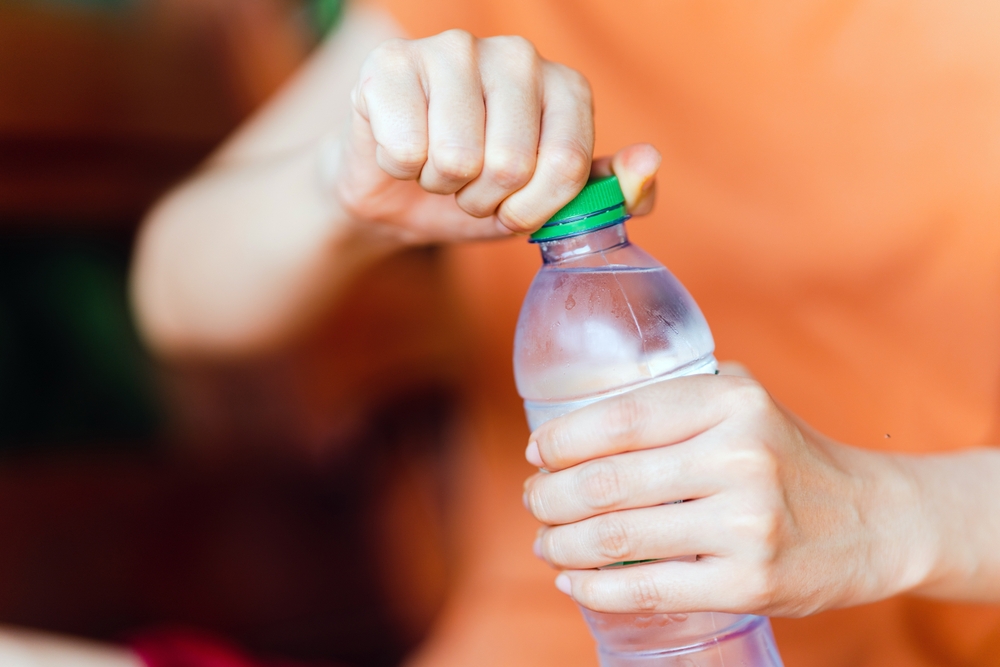
Plastic water bottles are one of the biggest contributors to microplastic consumption. Over time, the plastic breaks down, and tiny particles mix into the water. Even before degradation, studies have found that bottled water already contains microplastics. The convenience of bottled water comes at a high cost to health and the environment. Despite recycling efforts, billions of plastic bottles end up polluting oceans and landfills.
Switching to a stainless steel or glass water bottle eliminates this problem. These alternatives keep water clean, fresh, and free from contamination. Investing in a good water filter at home reduces the need for bottled water. Some high-quality filters can even remove microplastics from tap water. Reducing reliance on plastic bottles is one of the most impactful ways to limit plastic intake.
11. Read Labels on Salt and Processed Foods

Sea salt and many processed foods contain high levels of microplastics. Since ocean pollution has worsened, even salt from natural sources is contaminated. Studies have found that table salt, particularly sea salt, contains microscopic plastic particles. Processed foods packaged in plastic also absorb plastic chemicals over time. This means that common pantry staples may be a hidden source of plastic ingestion.
Choosing Himalayan or rock salt can reduce exposure to ocean-derived microplastics. Cooking fresh meals with whole ingredients minimizes the need for processed foods. When buying packaged items, looking for eco-friendly or plastic-free packaging is a good habit. Avoiding highly processed foods benefits overall health while cutting down on plastic consumption. Making small changes in diet and ingredient selection can significantly reduce exposure to hidden plastics.
12. Avoid Single-Use Coffee Cups and Lids
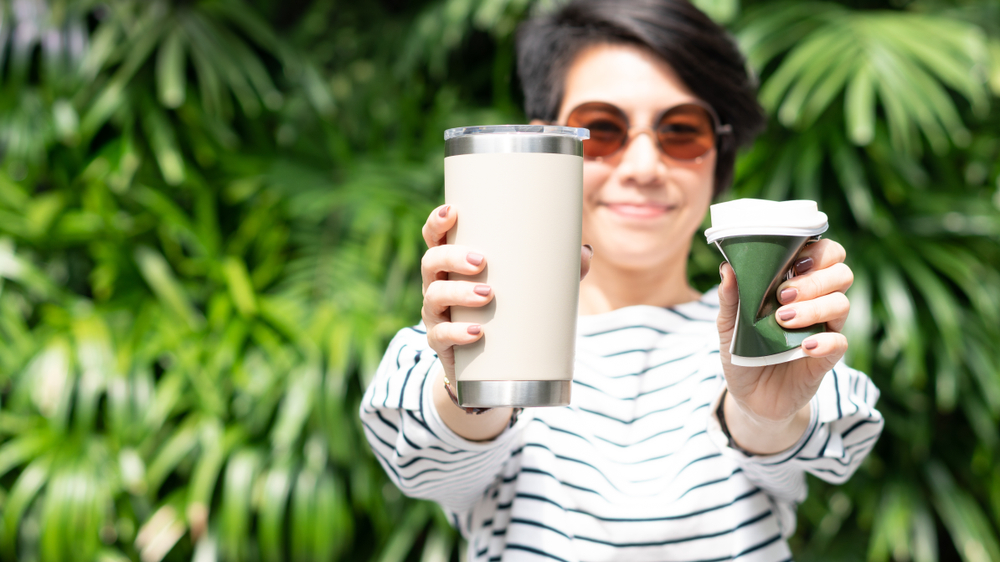
Many coffee cups from cafés are lined with a thin layer of plastic. This plastic prevents leaks but also releases microplastics when exposed to hot liquids. Even compostable coffee cups often contain bioplastics that break down into microplastics. Most disposable cup lids are made from plastic that degrades over time. Drinking coffee daily from plastic-lined cups adds up to a significant amount of plastic consumption.
Bringing a reusable coffee cup is a simple way to prevent this. Stainless steel, glass, or ceramic cups keep drinks hot without leaching chemicals. Many cafés offer discounts for customers who bring their cups, making it a cost-saving habit. Switching to at-home coffee brewing further reduces reliance on single-use plastics. These small, conscious efforts lead to healthier habits and a cleaner environment.
13. Switch to Natural Fiber Clothing
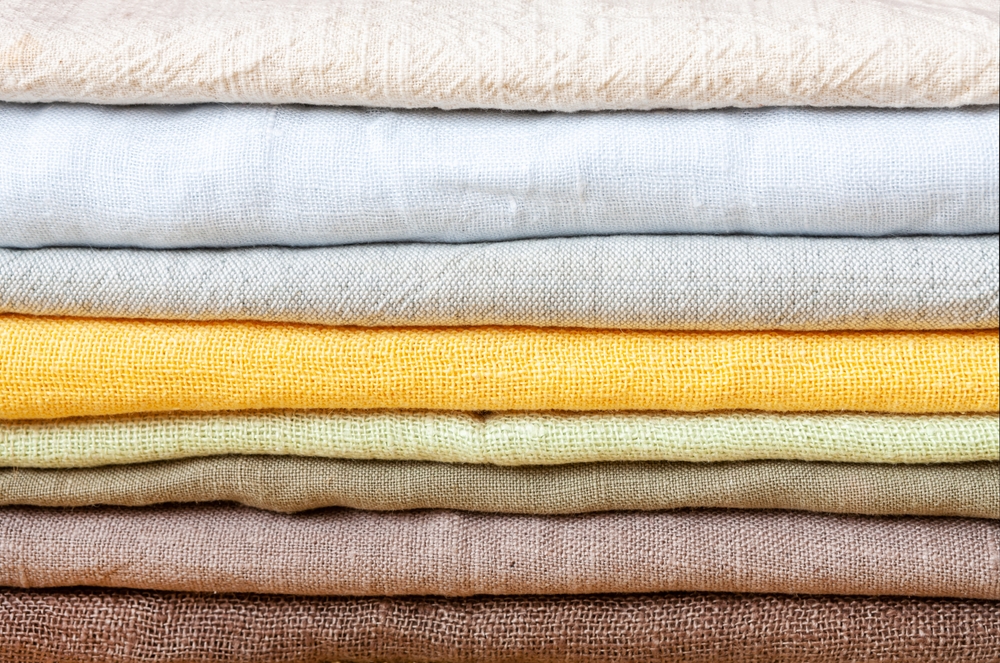
Synthetic fabrics like polyester, nylon, and acrylic shed microplastics every time they’re washed. These tiny fibers enter the water supply, eventually making their way into the food chain. Since most fast fashion brands rely on these materials, our wardrobes are a hidden source of plastic pollution. Choosing clothes made from natural fibers like cotton, wool, linen, and hemp helps reduce this issue. While synthetic fabrics may be cheaper, they come at a high environmental and health cost.
Investing in quality natural fiber clothing means fewer plastic fibers being released into the environment. Washing synthetic garments less frequently and using a microfiber-catching laundry bag can also help. Some brands are developing biodegradable and recycled fabric alternatives to lessen the impact of synthetic clothing. Choosing sustainable fashion is a long-term commitment to both personal health and the planet. By being mindful of fabric choices, you can significantly cut down on microplastic exposure.
14. Be Careful with Canned Foods and Drinks
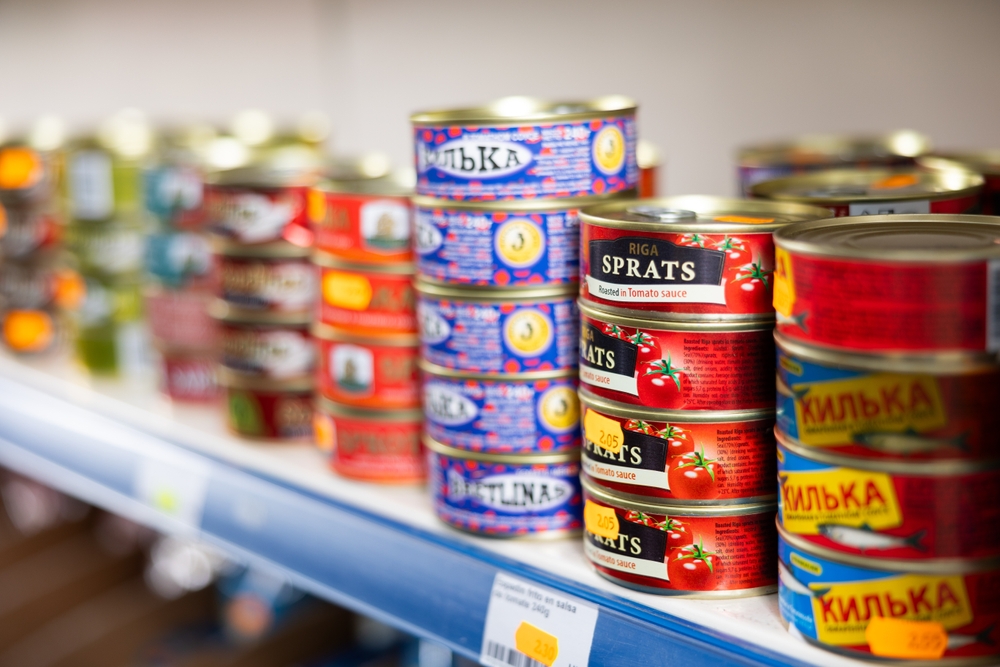
Most canned foods and beverages are lined with plastic coatings containing BPA. These linings prevent metal corrosion but release microplastics into food and drinks. Research has found that canned tomatoes and acidic foods absorb the most plastic. Even BPA-free linings may still contain harmful plastic substitutes. This means that canned foods are a major source of plastic contamination in modern diets.
Choosing fresh or frozen foods over canned options reduces plastic exposure. When buying canned items, looking for brands that use BPA-free and plastic-free linings is essential. Drinking from glass bottles instead of canned beverages also minimizes microplastic intake. Opting for homemade sauces and soups instead of canned versions is a healthier choice. Avoiding plastic-lined cans is another step toward a plastic-free lifestyle.
15. Spread Awareness and Support Plastic-Free Initiatives
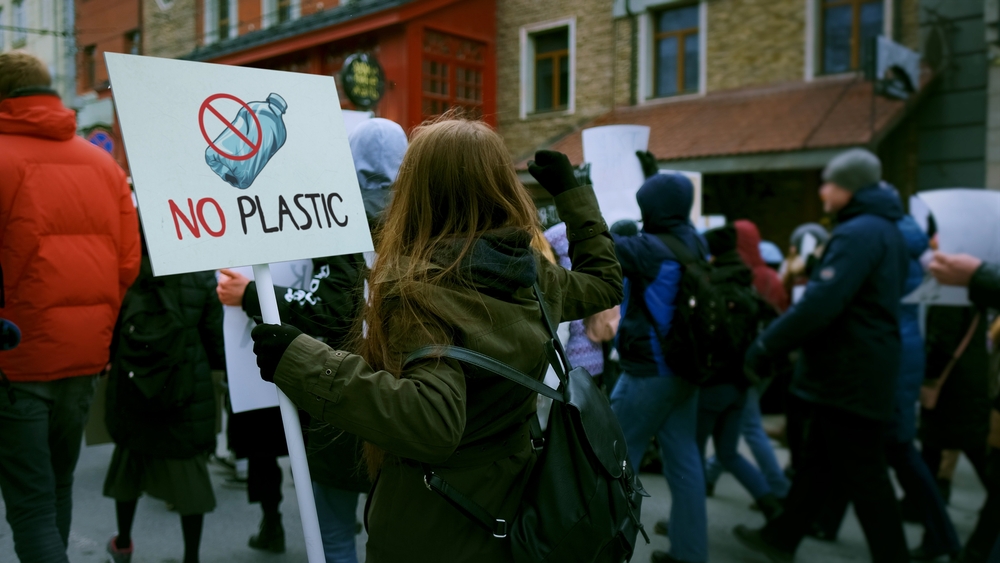
Reducing personal plastic intake is important, but widespread change happens through collective action. Many people are unaware of how much plastic they consume daily. Educating friends and family about microplastic risks can help encourage better choices. Supporting businesses and brands that prioritize plastic-free products sends a strong message. The more consumers demand change, the more industries will respond.
Joining environmental groups or signing petitions can push for stronger regulations on plastic use. Choosing products from companies that invest in sustainable packaging helps shift industry standards. Small changes in everyday habits, like refusing plastic straws or bags, create a lasting impact. By spreading awareness, individuals can contribute to a healthier planet. Reducing plastic use is a step toward cleaner food, water, and a better future.
Natasha is a seasoned lifestyle journalist and editor based in New York City. Originally from Sydney, during a stellar two-decade career, she has reported on the latest lifestyle news and trends for major media brands including Elle and Grazia.

